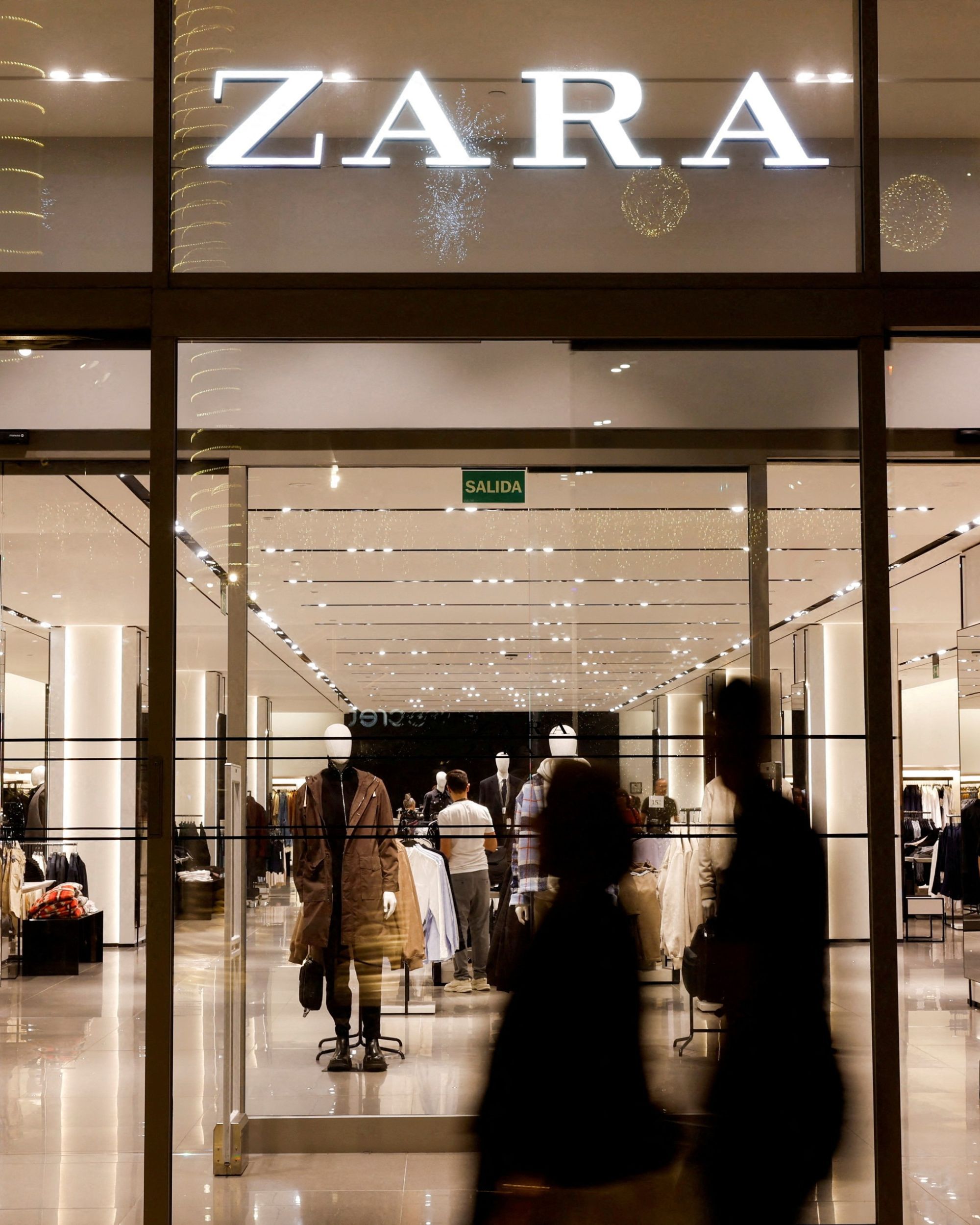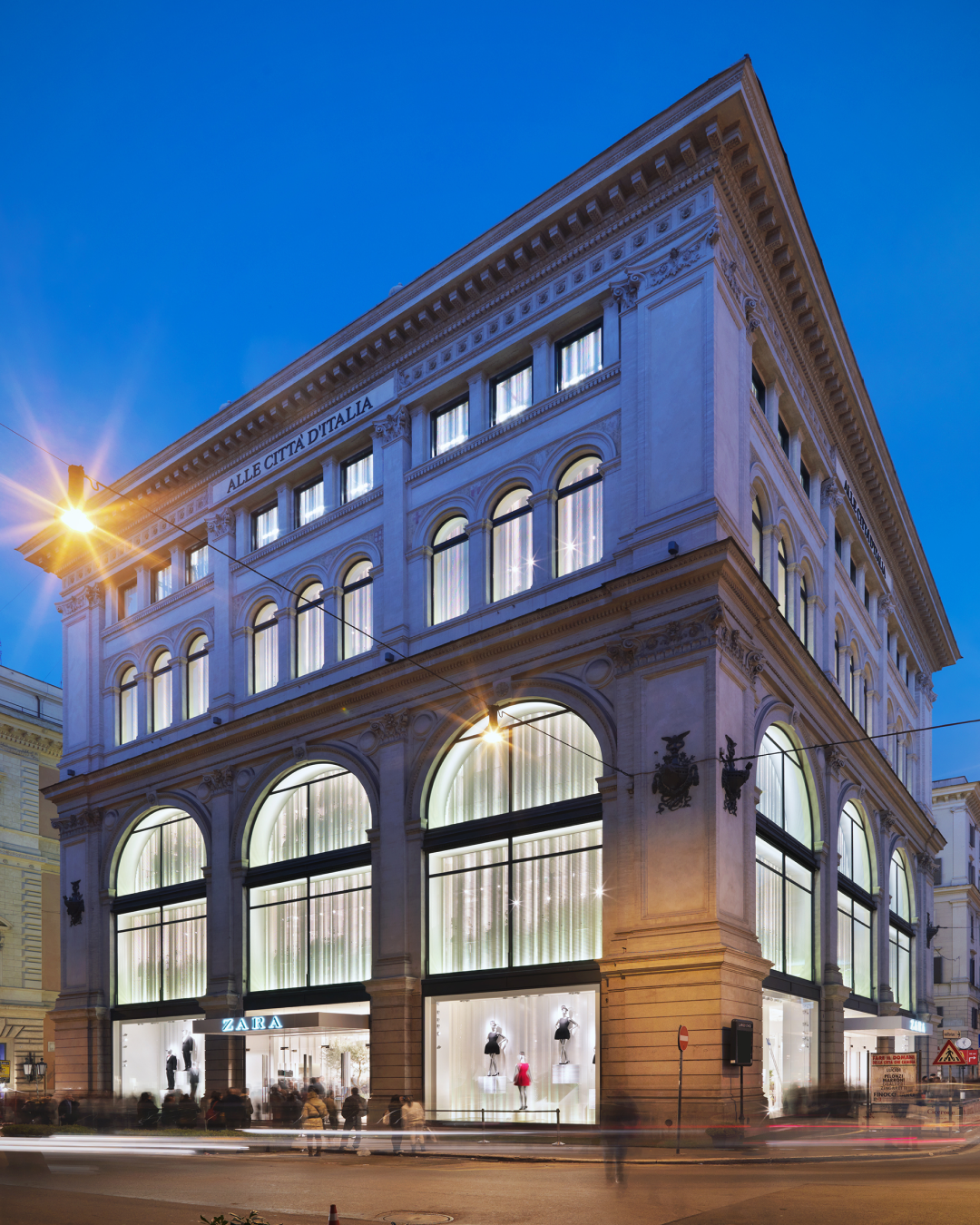
Could Zara be about to raise its prices? In Saudi Arabia they have already almost doubled in size
Inditex, the parent company of Zara, recently reported strong trading performance for the quarter ended April, with a 30 percent increase in its share price, thanks in part to a steadier-than-expected pace of sales. But what inflated Inditex's margins so much were its pricing policies, which differed across different national markets: according to Reuters, in fact, Zara's prices in the United States and Mexico are 60 percent higher than in Spain, while in the Persian Gulf countries, some items have a mark-up of between 71 percent and 90 percent for products priced much lower in Spain. After the closure of the Russian market, which accounted for 8.5 percent of global profits, the Arab markets have become quite a bit more important to the Spanish titan, which is why Zara opened 22 boutiques in the region last year alone selling the same products at higher prices because wealthier markets can tolerate higher expenses. The same is slowly happening in the United States-but could the same thing happen in Europe?
Inditex is unlikely to raise Zara's prices in our country given its widespread presence in the country in 88 stores, about one for every 670,457 inhabitants, similar to what it already has in France and Spain, where there are even more stores and far more competition. In general, how these pricing policy works is based precisely on keeping prices low in the Eurozone and raising them outside. To get a sense of scale, last year Zara owned only 98 locations throughout the United States, with one store for every 3.4 million inhabitants - a fairly low level of market penetration at the moment that nonetheless sets the stage for an expansion strategy similar to the one that occurred in Saudi Arabia. At the moment, then, this inflated pricing based on national GDP, so to speak, would seem to be working even if a future strengthening of the euro against other currencies could pose a long-term risk.















































